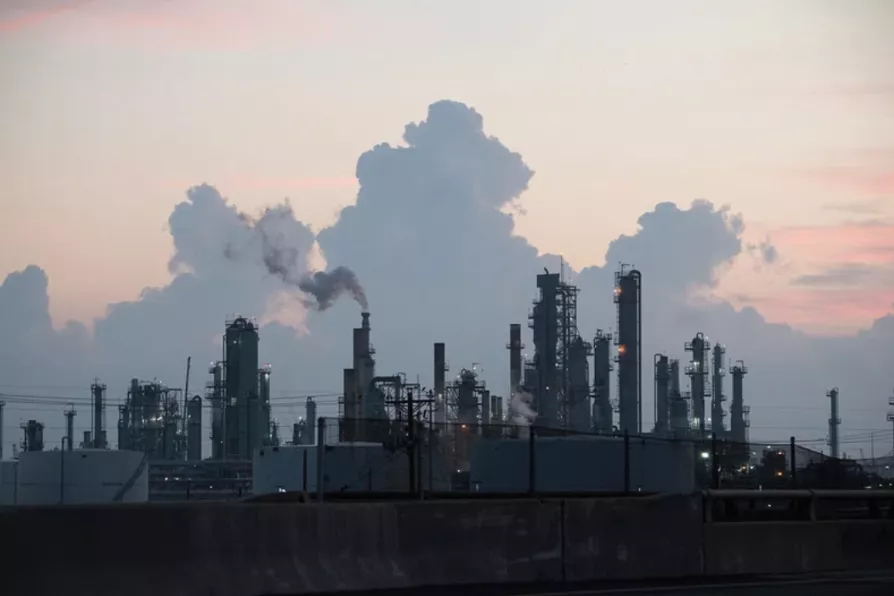Mask-off outbursts by Maga insiders and most strikingly, the destruction and reconstruction of the presidential seat, with a huge new $300m ballroom, means Trump isn’t planning to leave the White House when his term ends, writes LINDA PENTZ GUNTER


ACCORDING to key findings from the International Energy Agency (IEA)’s latest Annual Methane Tracker, in 2023, global methane emissions from fossil fuels stayed close to a record high despite new global reduction pledges.
Human activities like agriculture, oil and gas production, and the accumulation of food waste in landfills produce methane — a much more potent greenhouse gas than carbon dioxide. Methane emissions from the energy sector are responsible for roughly a third of global temperature increases since pre-industrial times, reported Reuters.
“Emissions of methane from fossil fuel operations remain unacceptably high … There is no reason for emissions to remain as high as they are,” said Tim Gould, IEA chief energy economist, as AFP reported.














